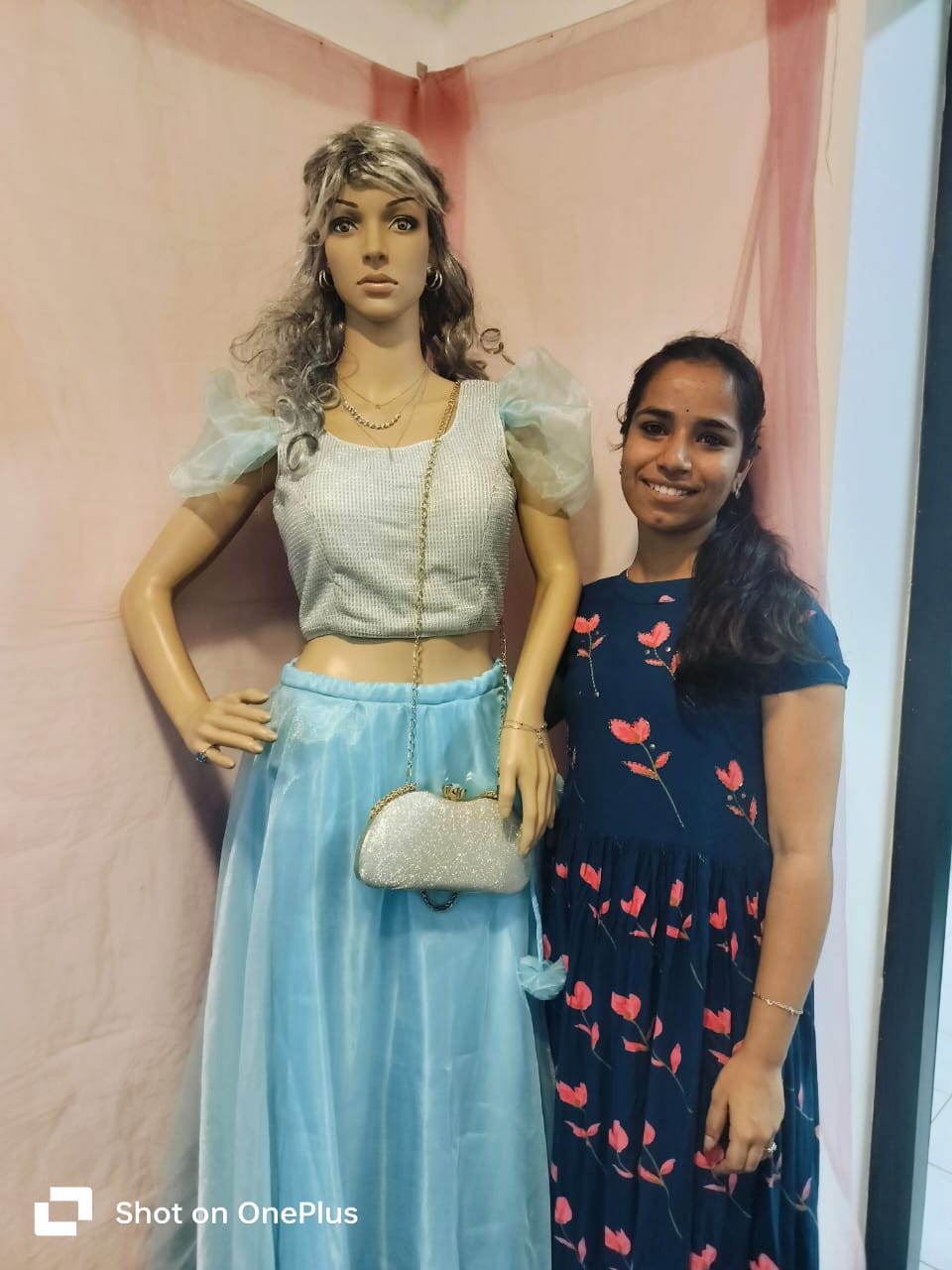Contact : +91 90604 47745
Fashion designing is the art of applying design, aesthetics, and natural beauty to clothing and accessories. It is a creative and dynamic field that combines technical skills with an understanding of fabric, color, pattern making, and garment construction. Fashion designers work to create garments that not only provide comfort and functionality but also express individuality, culture, and innovation.
The Role of a Fashion Designer
A fashion designer is responsible for conceptualizing and creating designs for clothing, accessories, and footwear. They are involved in every aspect of the design process, from sketching ideas to choosing fabrics and overseeing the production of the final product. Fashion designers must keep a finger on the pulse of global trends, consumer preferences, and cultural influences to create pieces that resonate with their target audience. They often experiment with colors, materials, and forms to create something unique and innovative.
Fashion designers may specialize in a specific area, such as haute couture (high-end, custom-made fashion), ready-to-wear collections, or sustainable fashion. They may also design for a particular segment of the market, such as children’s clothing, men’s fashion, or evening wear.
Key Skills and Traits for Fashion Designers
To be successful in fashion design, individuals need a combination of technical and creative skills. Some of the key skills include:
- Creativity and Imagination: Fashion designers must think creatively and have a strong visual sense. They should be able to conceptualize and translate their ideas into designs that are not only aesthetically pleasing but also functional.
- Technical Skills: Knowledge of garment construction, pattern making, and sewing techniques is essential. Fashion designers must also be familiar with software tools such as Adobe Illustrator and Photoshop for sketching and designing.
- Understanding of Fabrics: A good fashion designer should have an in-depth knowledge of fabrics, their texture, drape, and durability. Understanding how different fabrics interact with design elements is crucial for creating successful garments.
- Trend Awareness: Fashion is ever-evolving, and designers must stay up-to-date with current trends, forecasting future trends, and understanding cultural and social shifts that influence consumer behavior.
- Attention to Detail: Precision is key in fashion designing, from stitching to color choices. A keen eye for detail ensures the final product is of high quality.
- Problem-Solving Abilities: Designers often face challenges related to materials, construction, or design flaws. Being able to solve these problems creatively and efficiently is important.
Fashion Designing Education and Courses
Fashion designing courses equip students with the knowledge and skills needed to succeed in the industry. These courses cover a range of subjects such as:
- Textile Science: Understanding fabrics, textures, and their properties.
- Garment Construction: Learning to design and create clothing, including pattern making and sewing techniques.
- Fashion Illustration: Learning how to sketch and present design ideas visually.
- Fashion History: Studying the evolution of fashion over time and the impact of social and cultural movements on clothing styles.
- Fashion Marketing and Merchandising: Understanding the business side of fashion, including marketing strategies, trend forecasting, and sales.
- Sustainable Fashion: Emphasizing eco-friendly practices in fashion production and design.
Many fashion design institutes offer diploma, certificate, and degree programs that provide comprehensive training in these areas. Some courses are specialized, such as accessories design, garment construction, or fashion communication.
Career Opportunities in Fashion Designing
Graduates of fashion designing programs have a wide range of career opportunities. Some may choose to work for established fashion houses, while others may start their own design labels. Potential career paths include:
- Fashion Designer: Creating original designs for clothing and accessories.
- Fashion Illustrator: Creating visual representations of design ideas.
- Textile Designer: Designing fabrics and prints used in clothing.
- Fashion Stylist: Collaborating with photographers, models, and brands to create looks for fashion shoots and events.
- Fashion Merchandiser: Managing the marketing, production, and retail aspects of fashion brands.
- Costume Designer: Designing costumes for theater, film, or television.
Conclusion
Fashion designing is a captivating and diverse field that blends creativity, technical skills, and an understanding of cultural trends. As the fashion industry continues to evolve, designers are expected to embrace innovation, sustainability, and inclusivity in their designs. Fashion designing is not just about making clothes; it’s about making a statement and influencing culture. For those with a passion for design and creativity, a career in fashion designing offers numerous opportunities to make a significant impact in the world of style.
